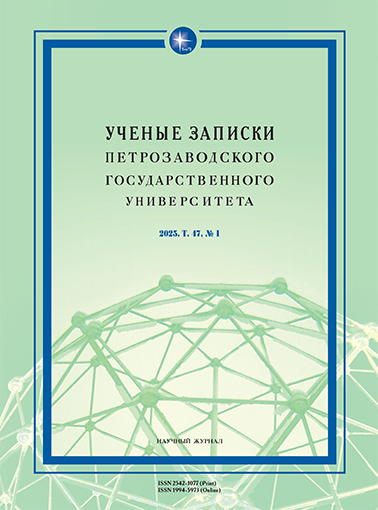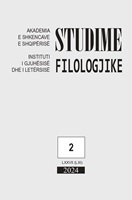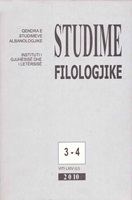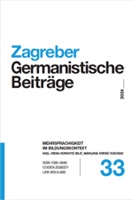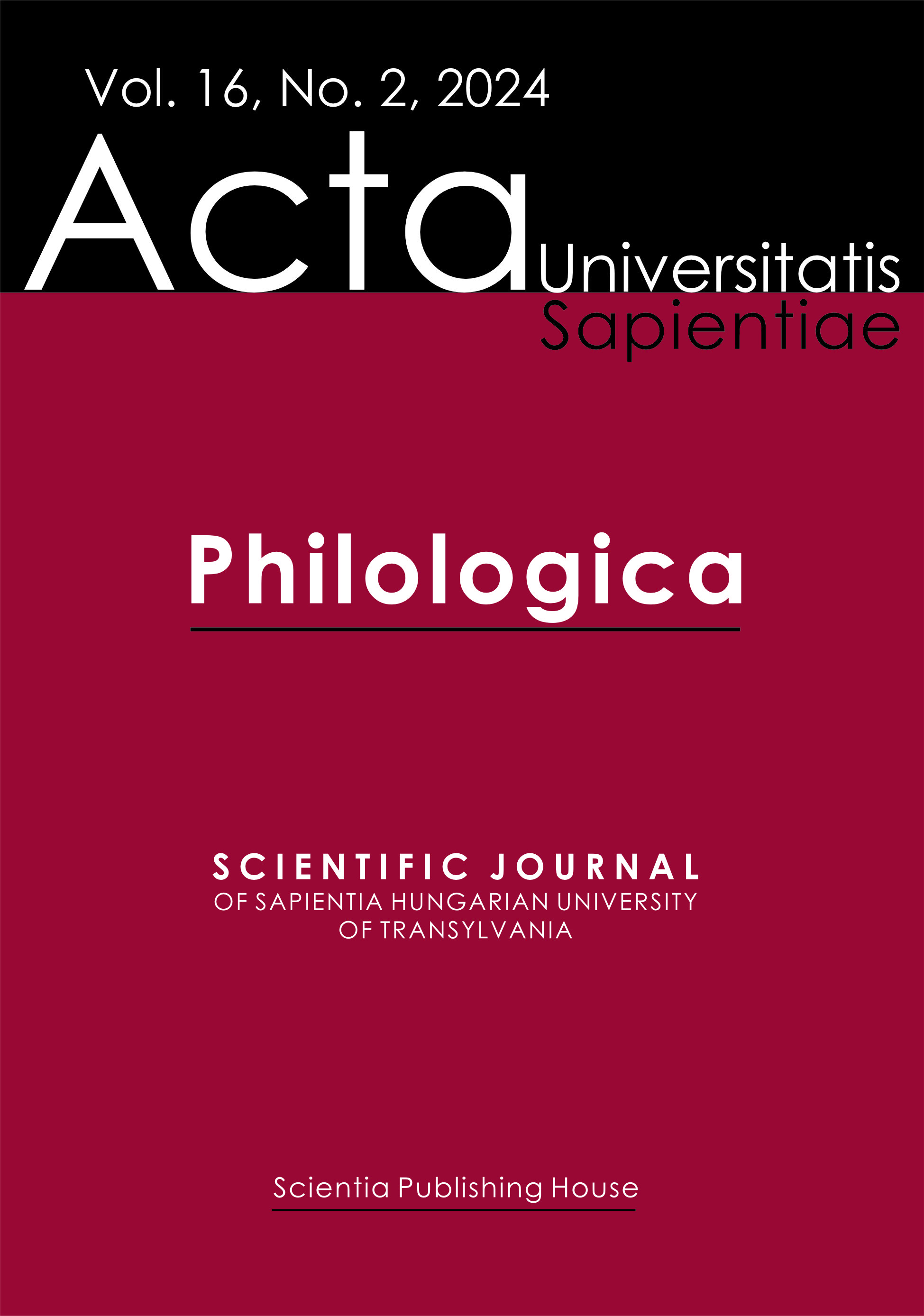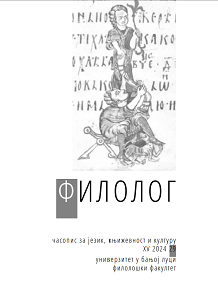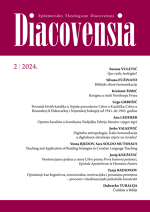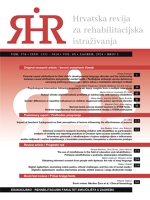Author(s): Liisi Laineste,Władysław Chłopicki / Language(s): Estonian
Issue: 8-9/2024
Humour has long been viewed as a subversive phenomenon that points to the incongruities and shortcomings noticed and ridiculed by members of society. The intentions of humour creators are always difficult to pinpoint. Whether with good reason or not, most humour has a target, and the depiction of this target is inevitably politically incorrect, insulting, or even downright blasphemous. Jokes violate harmonious coexistence, collective identity, and communication norms, and that seems to lie at the core of humour. We claim that the superiority and incongruity approaches to humour (traditionally, three major approaches to humour are recognized: superiority, incongruity, and relief) relate to the idea that humour contains some form of clash, either between individuals or meanings. This clash is an element that connects many existing humour theories and is increasingly useful in explaining contemporary forms of humour.
Many academic definitions of humour have been proposed (e.g., Martin 2007: 3), many of which underline the partial overlap between humour and aggression. Besides researchers, laypeople also seem to know the ingredients of good (and bad) humour (Laineste 2011, 2020; Kuipers 2006). They draw a sharp line between “good” – funny, healthy, harmless – humour, and “bad” humour – aggression, offence, or blasphemy (Laineste 2011; for lay definitions of irony, see Simpson 2003). Furthermore, the emergence of the internet has shaped how humour is perceived and communicated (Attardo 2023; Laineste, Shilikhina 2024).
The contextual nature of humour and/as violence is distilled in the observation that “humour does not give offence; its recipients take offence” (Bucaria, Barra 2016: 7), meaning that offence is always relative and contextual and needs answers to questions like: Who is it offensive to? In what situation? What kind of power dynamics are at play? The answers to these questions are not necessarily straightforward because, in the context of online communication, humour has become a topic of intense political and social dispute worldwide. On the one hand, having a sense of humour is a highly valued personal trait, and lacking it is a serious drawback; on the other hand, humour verges on the border between acceptable and unacceptable, appropriate and inappropriate, good-natured and violent – in general: good and bad. Recent humour studies focusing on white supremacist jokes, religious humour, or anti-democratic jokes challenge the notion of humour as mere entertainment. Moreover, it is difficult to predict what is humorous and to whom, especially in a globalized society where every joke is within an easy reach of anyone. Humour scandals arise at the juncture of different discourses within society, triggering discussions about the nature of humour. In present-day online interactions, the ambiguity of joking may lead to unpredictable results. Additionally, it has been suggested that audiences have become more sensitive to all kinds of attacks, including humorous ones (Nagle 2017).
Our theoretical contribution analyzes ideas about humour proposed by humour scholars over centuries, particularly those proposed by folklorists and linguists. Humour violates logic, expectations, or linguistic conventions in order to “kidnap” its recipient where they do not intend to go. This is especially true in the anonymous space of the internet, where users enjoy little responsibility for what they say and can usually deny any harmful intention – the ambiguity of humour allows for that. The bottom line is that humour can be used to convey a variety of messages and achieve different goals, some prosocial and others more aggressive. Humour in itself, however, is inherently neither friendly nor aggressive, and its meaning always emerges in context.
More...

